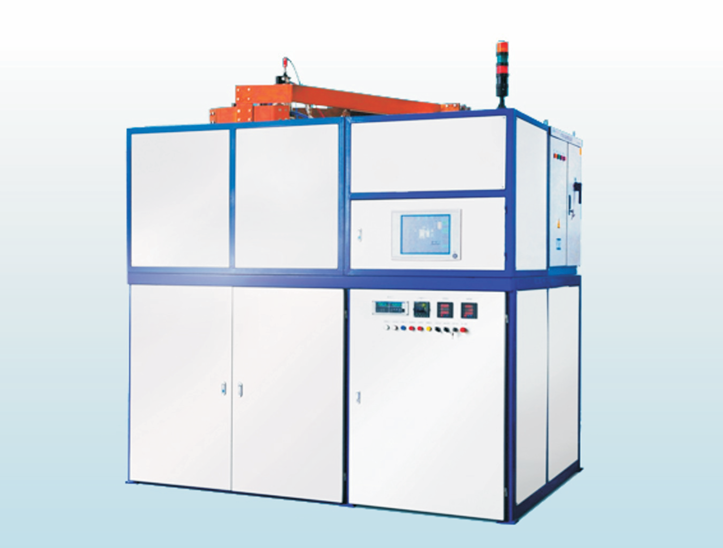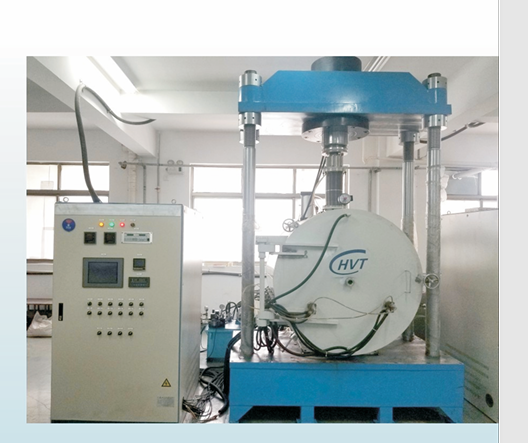Understanding the Evolution of Advanced Vacuum Brazing Technology
The landscape of industrial manufacturing has been transformed by the sophisticated capabilities of vacuum brazing furnaces. These essential pieces of equipment have revolutionized the way metals are joined, offering unprecedented precision and reliability in creating strong, clean bonds between different materials. Modern vacuum brazing furnaces represent the pinnacle of metallurgical engineering, combining cutting-edge technology with time-tested principles to deliver superior results across various industries.
As manufacturing demands grow more complex, vacuum brazing furnaces continue to adapt and evolve, incorporating new features that enhance their performance, efficiency, and versatility. These advancements have made them indispensable in aerospace, automotive, electronics, and medical device manufacturing sectors, where the margin for error is virtually non-existent.
Core Components and Technical Specifications
Advanced Vacuum System Design
At the heart of modern vacuum brazing furnaces lies their sophisticated vacuum system. State-of-the-art pumping mechanisms achieve ultra-high vacuum levels, often reaching 10^-5 to 10^-6 mbar. This exceptional vacuum environment prevents oxidation and ensures the highest quality joints possible. The system typically incorporates multiple pumping stages, including mechanical pumps, diffusion pumps, and sometimes turbomolecular pumps, working in harmony to maintain optimal conditions throughout the brazing process.
The vacuum chamber itself is constructed from high-grade materials, typically featuring double-wall construction with water cooling channels. This design ensures thermal stability and prevents unwanted heat transfer, while also maximizing the longevity of the equipment.
Precise Temperature Control Systems
Temperature uniformity is crucial in vacuum brazing operations, and modern furnaces excel in this aspect. Advanced heating elements, often made from molybdenum or graphite, provide exceptional temperature control across the entire work zone. Multiple independently controlled heating zones ensure uniform heat distribution, while sophisticated thermal sensors and controllers maintain temperature accuracy within ±3°C or better.
Modern systems also feature rapid cooling capabilities, implemented through gas quenching systems or water-cooled heat exchangers. This allows for precise control over cooling rates, which is essential for maintaining material properties and preventing distortion.
Automation and Control Features
Intelligent Process Management
Today's vacuum brazing furnaces incorporate advanced automation systems that streamline operations and ensure consistent results. Programmable logic controllers (PLCs) and sophisticated software interfaces allow operators to create, store, and modify brazing recipes with ease. These systems monitor and adjust multiple parameters simultaneously, including temperature, pressure, and gas flow rates, maintaining optimal conditions throughout the brazing cycle.
Real-time monitoring capabilities provide operators with instant feedback on process parameters, while data logging functions create detailed records for quality control and process optimization. This level of automation not only improves consistency but also reduces the likelihood of human error.
Remote Operation and Industry 4.0 Integration
Modern vacuum brazing furnaces are designed with connectivity in mind, featuring interfaces that support remote operation and monitoring. These systems can be integrated into broader manufacturing execution systems (MES) and enterprise resource planning (ERP) platforms, allowing for seamless coordination with other production processes.
Advanced diagnostic capabilities enable predictive maintenance, helping to prevent unexpected downtime and optimize maintenance schedules. Many systems also support remote troubleshooting and software updates, reducing service costs and minimizing operational disruptions.
Safety and Environmental Considerations
Enhanced Safety Mechanisms
Safety is paramount in vacuum brazing furnaces, and modern systems incorporate multiple layers of protection. Advanced interlocking systems prevent unauthorized access during operation, while emergency shutdown procedures ensure rapid response to potential hazards. Sophisticated monitoring systems continuously check for leaks, overheating, or other abnormal conditions, automatically initiating protective measures when necessary.
Water cooling systems are equipped with flow monitors and temperature sensors, providing additional protection against overheating. Pressure relief valves and backup power systems add further layers of safety, ensuring equipment and operator protection under all circumstances.

Environmental Efficiency Features
Modern vacuum brazing furnaces are designed with environmental sustainability in mind. Energy-efficient heating elements and improved insulation materials minimize power consumption, while advanced heat recovery systems capture and reuse thermal energy. Water recycling systems reduce consumption of cooling water, and clean operation produces minimal waste products.
These environmental considerations not only reduce operational costs but also help manufacturers meet increasingly stringent environmental regulations and sustainability goals.
Frequently Asked Questions
What maintenance is required for vacuum brazing furnaces?
Regular maintenance includes inspection of vacuum seals, cleaning of the chamber and fixturing, calibration of temperature sensors, and testing of safety systems. The frequency of maintenance depends on usage patterns and materials being brazed, but typically follows a scheduled preventive maintenance program designed to ensure optimal performance and longevity.
How do modern vacuum brazing furnaces compare to older models?
Modern vacuum brazing furnaces offer significantly improved temperature uniformity, better vacuum performance, and advanced automation features compared to older models. They also incorporate sophisticated control systems, energy-efficient designs, and enhanced safety features that weren't available in previous generations of equipment.
What factors influence the selection of a vacuum brazing furnace?
Key considerations include the size and type of parts to be brazed, required temperature range and uniformity, vacuum level requirements, production volume, available floor space, and budget. Additional factors include the type of heating elements, cooling system capabilities, automation requirements, and available technical support from the manufacturer.


